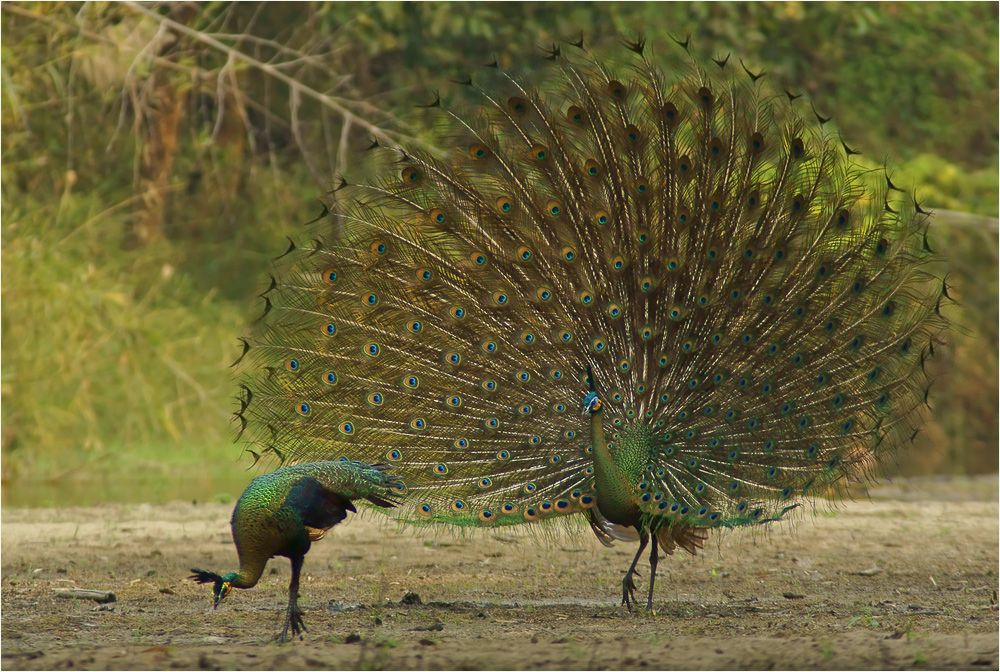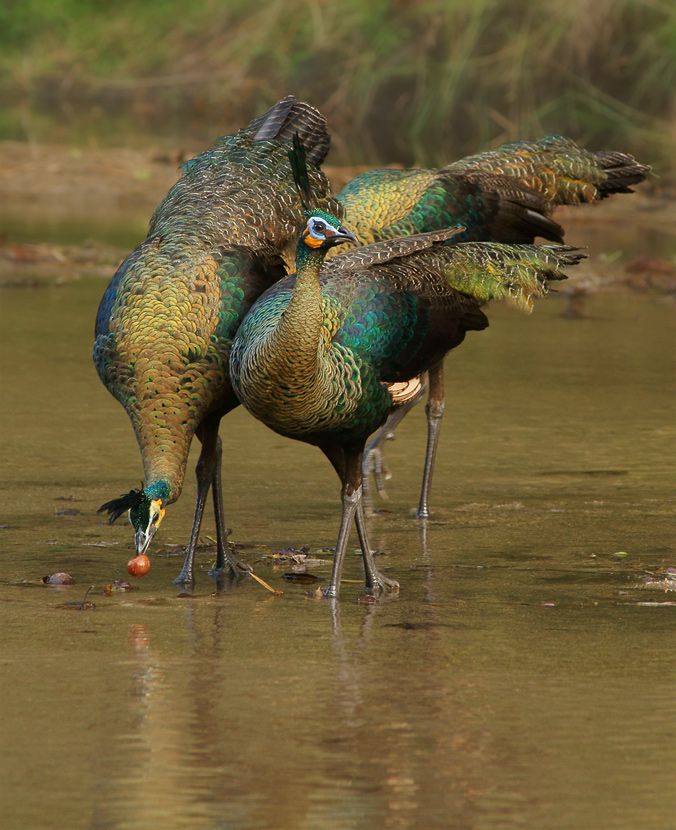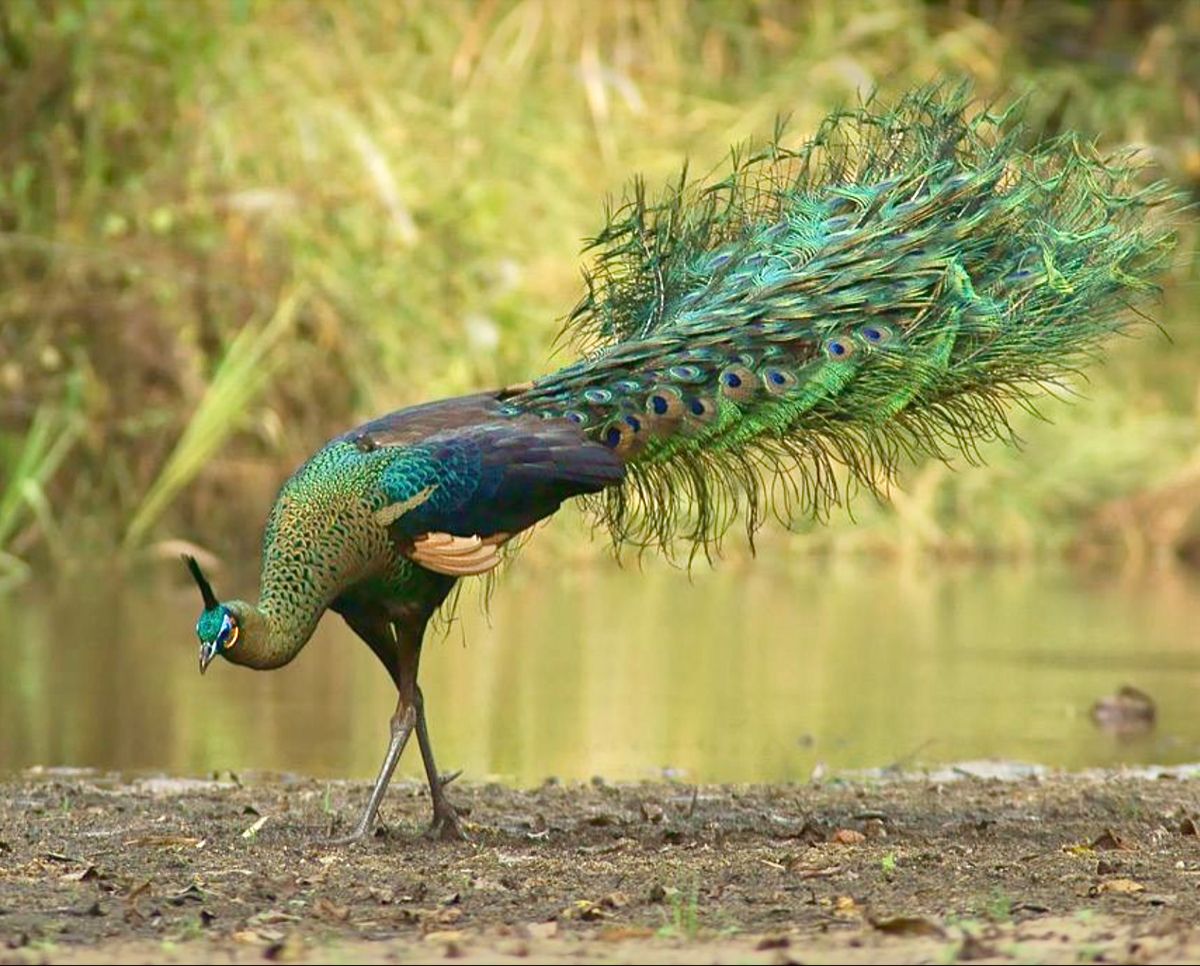The Silent Mystery: Karnataka’s 20 Dead Peacocks
Peacocks are not just India’s national animal. They are a symbol of grace, beauty, and resilience. Their feathers shimmer with colours that remind us of divine myths, royal courts, and the legendary Peacock Throne of India. But in August 2025, Karnataka woke up to a chilling sight—20 peacocks lying lifeless in a field, their brilliant plumage dimmed forever.
In addition to being heartbreaking, the discovery sparked inquiries that extend far beyond a single village or day. Why did they die? Why did they die simultaneously? And what unspoken mysteries do the skies, streams, and fields of Karnataka conceal? 
The Setting of the Tragic Event
Imagine walking through a field at dawn with the expectation of hearing the familiar cry of peafowl, only to find scattered bodies along the banks of a stream. Villagers who saw them for the first time described the strange stillness: a group of peahens and peacocks collapsed without apparent injury, as if caught in the middle of a dance and turned to stone.
Only three males and 17 females were present. Was this coincidence, or was there some secret pattern to their deaths? Odd ratios are rarely left unnoticed by nature.
Beyond Just a Poison
Reports suggested that the cause was chemical poisoning, possibly from pesticides or fungicides used in nearby farms. But to reduce this tragedy only to “poison” feels like oversimplifying a much deeper mystery.
The deaths raise greater concerns: Are these birds the result of careless farming practices? Or was it done with intention, perhaps to keep crops from being eaten? Could contaminated soil, water, or food webs be silently eroding life in an unnoticed environmental chain reaction? The surface answer is simple, but the underlying mystery is layered, like the iridescent shades of the very feathers that now lie in the dust.
Why the Large Number of Women?
The inordinate number of females is one of the most bizarre details. Three peacocks and seventeen peahens. Scientifically, one could argue that peahens typically move in larger flocks, while males wander alone. If grain or water was contaminated, the female flock could have been exposed together.
But symbolically, it feels different. Peacocks in mythology represent pride and power, while peahens represent fertility, continuity, and caretaking. Was nature silently warning us that it is not only beauty but life itself that is at risk when we pollute our fields?
The Mysteries Untold
Timing’s Mystery
The deaths happened during sowing season, when chemically treated seeds are often left in the open. Did agriculture’s timing collide fatally with peafowl’s feeding habits?
Place’s Mystery
The birds were found near a stream. When contaminated, water can carry both life and death. Could this silent stream have become a hidden killer?
Silence’s Mystery
Unless numbers are shocking, wildlife deaths rarely make headlines. For every “20 peacocks,” how many scattered deaths go unseen?
Human Choice’s Mystery
The peacock sanctuary in India protects them, temples worship them, and art glorifies them. Yet, when they threaten crops, chemicals prevail over reverence. Is our pride in the bird just symbolic, not real?
Echoes of Other Deaths
Just weeks earlier, poisoned carcasses killed tigers in a sanctuary. Different species, same method—poison. The cheap, silent, devastating tool of conflict between humans and wildlife. The mentality behind it remains unchallenged. Could the peacocks be part of this same hidden pattern?
Lessons from the Feathers
Every tragedy carries lessons. The 20 dead peacocks remind us: what we put into our soil and streams never disappears. It comes back—sometimes in feathers, sometimes in flesh.
Being the national bird is not enough. Legal status means little without care, respect, and practical support. Farmers need safer methods, compensation, and education to avoid dependence on chemicals. Strange patterns like the female majority, clustering, and timing must be studied, not dismissed.
The Wider Perspective
This case is haunting not only because of the deaths but also because of what it represents:
-
Negligence – Chemically coated seeds left in the open can kill entire flocks.
-
Ecological imbalance – Rising peafowl populations clash with shrinking habitats.
-
Cultural hypocrisy – We glorify peacocks yet fail to protect them.
It’s ironic that while people debate the peacock price in India or admire rare breeds like the Zephyr Peacock India, in reality, their survival is under threat in our own farmlands.
Accountability – The Darkest Mystery
Who owns this tragedy? The farmer? The shopkeeper who sold pesticides without warning? Or the larger system that pushes chemicals but provides no alternatives?
When accountability blurs, remorse weakens. And so the cycle continues.
The Warning in Silence
Across history, peacocks have been seen as messengers—of gods, omens, and myths. Perhaps their deaths are also a message: if chemicals can silence our national bird, they can silence rivers, soil, and even human lives.
Final Thought: The Deadly Silent Parade
In the fields of Hanumanthapura, those twenty peacocks lie buried now. Their feathers may have been collected; their bodies disposed of. But their silence asks us: Was this a mere chemical accident, or the beginning of ecological collapse? Were these twenty peacocks unlucky—or messengers of a larger disaster unfolding?
This may be the greatest unsolved mystery: Will we pay attention to their silence, or will we wait until silence takes over more forests and fields, one poisoned life at a time?
Disclaimer
The tragic loss of Karnataka’s peacocks serves as a reminder of the many birds that die unexpectedly. This blog is written to spread awareness about the importance of protecting wildlife. The reasons are still under investigation; details are based on reports. The intent is not to sensationalize but to raise awareness of an urgent environmental issue.


